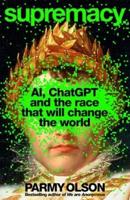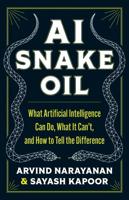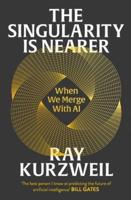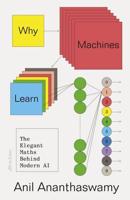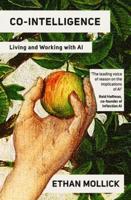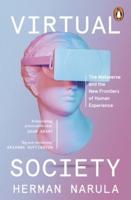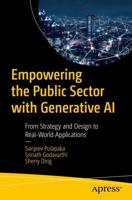Publisher's Synopsis
Scientists and engineers routinely use graphical reprsentations to organize their thoughts and as parts of the process of solving verbally presented problems. In a cross-disciplinary study that has important implications for research in artificial intelligence and complex nonlinear dynamics, Yip shows how to automate key aspects of this style of reasoning. He domonstrates the basic feasibility of intelligently guided numerical experimentation in a computational theory and a system for implementing the theory. The system, called KAM, is the first computer system that can intelligently guide numerical experimentation and interpret the numerical results in high-level, conceptual terms.;KAM's ability to steer numerical experiments arises from the fact taht it not only produces images by also looks at the pictures it draws to guide its own actions. By combining techniques from computer vision with sophisticated dynamical invariants, KAM is able to exploit mathematical knowledge, encoded as visual consistency constraints on the phase space and parameter space, to constrain its search for interesting behaviours. The approach is applied to Hamiltonian systems with two degrees of freedom, an area that is currently of great physical interest, and its power is tested in a difficult problem in hydrodynamics, for which KAM helps derive previously unknown publishable results.

